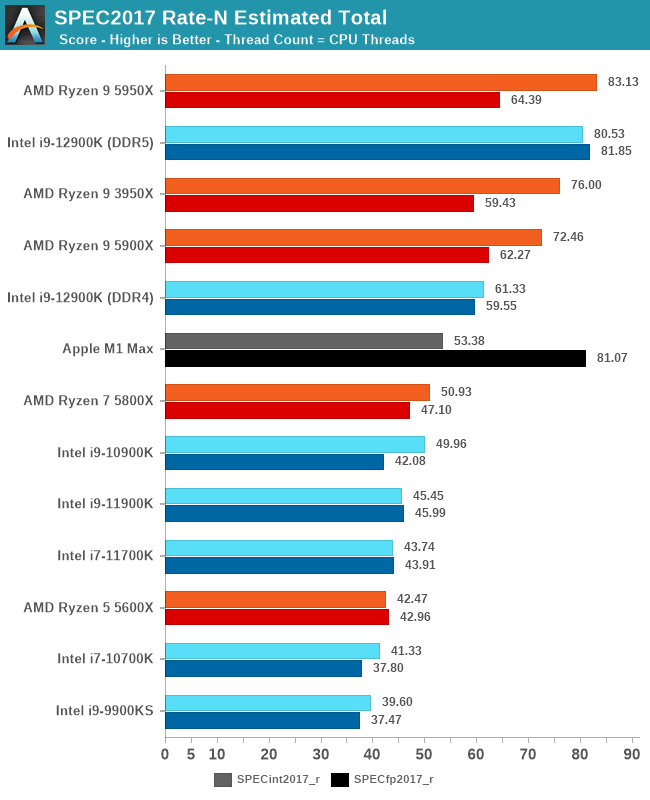how so? (I don't like to accept statements automatically, I want to know the why not just that it happens)
A benchmark is worth 10k words, IMO.
Upon reviewing the benchmarks I can find for Raptor Lake, the results seem decidedly mixed. One of the cases to benefit more is this Google Chrome - Jetstream v2 benchmark, which showed a 7.3% advantage for DDR5-7200/34 vs. DDR4-3600/18.
Recently look at the performance differential between DDR5 6000 and 7200 MHz on Raptor-Lake, Intels Gen 13th series processors. Today we review a TeamGroup T-Force Delta 7200 CL34 (!) DDR5 kit to see...

www.guru3d.com
VRay NEXT showed a 4.4% benefit:
Recently look at the performance differential between DDR5 6000 and 7200 MHz on Raptor-Lake, Intels Gen 13th series processors. Today we review a TeamGroup T-Force Delta 7200 CL34 (!) DDR5 kit to see...

www.guru3d.com
In terms of gaming Watch Dogs: Legion showed a 5.8% benefit, at 1080p.
Recently look at the performance differential between DDR5 6000 and 7200 MHz on Raptor-Lake, Intels Gen 13th series processors. Today we review a TeamGroup T-Force Delta 7200 CL34 (!) DDR5 kit to see...

www.guru3d.com
The above case were the biggest differences from that review, in benchmarks that weren't totally synthetic. They included numerous other cases where the difference was negligible.
However, the biggest improvement I'm aware of is in SPEC2017 rate-N. I believe the way this works is that N separate instances of each single-threaded benchmark are run simultaneously. This is a torture test for memory bandwidth, because there's no data-sharing between any of the cores/threads. Sadly, Anandtech only ran this test for Alder Lake, and didn't repeat it for Raptor Lake. However, it showed a whopping
31.3% benefit for integer and a
37.4% benefit for floating point.
SPEC2017 consists of 22 real-world applications. So, even though the way they run the rate-N test is a bit artificial, I don't consider it a totally synthetic benchmark.
So,
in conclusion: I should amend my statement. It
can make a big difference for heavily multi-threaded workloads, but it seems the difference is
typically negligible vs. a high-performance DDR4 kit.
Still, if you're buying an i9 and want to squeeze the most performance from your system, it'd make sense to go with a fast DDR5 kit. It almost always helps, even if not by much. Furthermore, if you consider that the generational difference between Gen 13 and Gen 14 i9 processors is only about 2%, it puts some of the above gains in a different light.



